To provide the best experiences, we use technologies like cookies to store and/or access device information. Consenting to these technologies will allow us to process data such as browsing behaviour or unique IDs on this site. Not consenting or withdrawing consent, may adversely affect certain features and functions.
The technical storage or access is strictly necessary for the legitimate purpose of enabling the use of a specific service explicitly requested by the subscriber or user, or for the sole purpose of carrying out the transmission of a communication over an electronic communications network.
The technical storage or access is necessary for the legitimate purpose of storing preferences that are not requested by the subscriber or user.
The technical storage or access that is used exclusively for statistical purposes.
The technical storage or access that is used exclusively for anonymous statistical purposes. Without a subpoena, voluntary compliance on the part of your Internet Service Provider, or additional records from a third party, information stored or retrieved for this purpose alone cannot usually be used to identify you.
The technical storage or access is required to create user profiles to send advertising, or to track the user on a website or across several websites for similar marketing purposes.




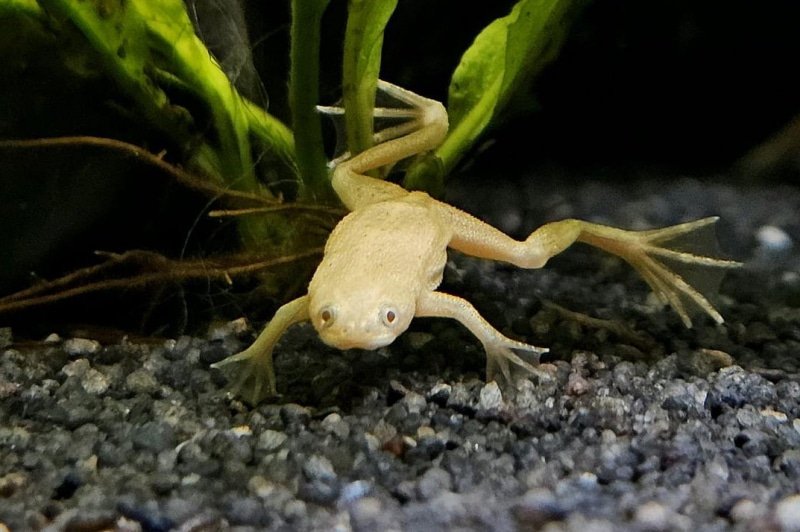
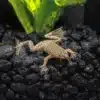




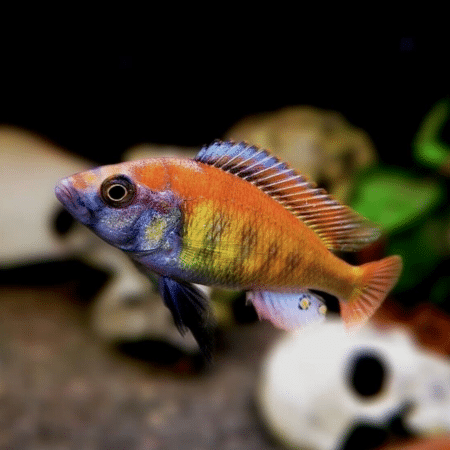


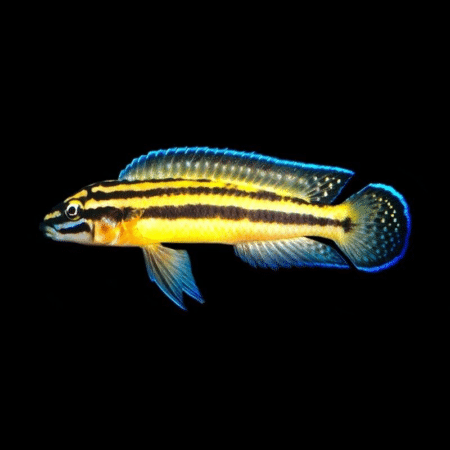
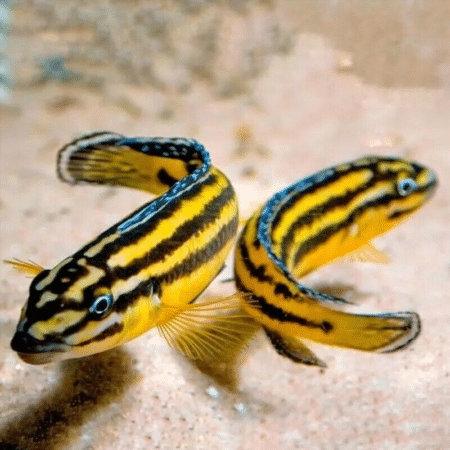
Emily Carter (verified owner) –
I recently welcomed two Gold African Dwarf Frogs (Hymenochirus boettgeri) into my aquarium, and I couldn’t be happier with my decision! These little guys are such a joy to watch as they explore their underwater home, darting among the aquarium plants and occasionally perching on decorations. After about two weeks, they’ve really settled in and seem to thrive in the gentle flow of my tank. If you’re looking for charming aquarium frogs, these are definitely the ones to get!
One of the things I love most is how they contribute to the overall ecosystem of my aquarium without disturbing my fish. Their peaceful nature makes them perfect companions for community tanks. The only minor issue I noticed is that they can be a bit shy at first, so I made sure to provide plenty of hiding spots using live plants and decorative caves, which helped them feel secure. Overall, I highly recommend these frogs for anyone looking to enhance their aquarium decor with lively yet gentle amphibians. They bring a new level of life to my tank and make every viewing even more enjoyable!
Emily Carter (verified owner) –
I recently added a pair of Gold African Dwarf Frogs to my 20-gallon planted tank, and let me tell you, they are absolutely enchanting! After about two months of observing them, their quirky personalities and playful antics have truly enhanced my aquarium experience. These little amphibians are perfect for beginners and seasoned aquarists alike.
They love to explore the lush plants in my tank, often hiding among the java ferns and occasionally popping up for a breath of air. The best part? They get along beautifully with my community fish, showing no signs of aggression. Their vibrant colors stand out beautifully against the green backdrop, making them a stunning decoration in their own right.
While they thrive in a well-planted environment, I did notice they can be a bit shy at first – giving them some time to settle is key. I also recommend keeping a gentle filter to avoid strong currents, as they are small and can struggle in very turbulent waters.
Overall, if you’re looking for unique aquarium pets that bring joy and charm, these frogs are a must-have! I can’t wait to see how they grow and interact more with my fish family. Highly recommend to anyone looking to add life to their fish tank!